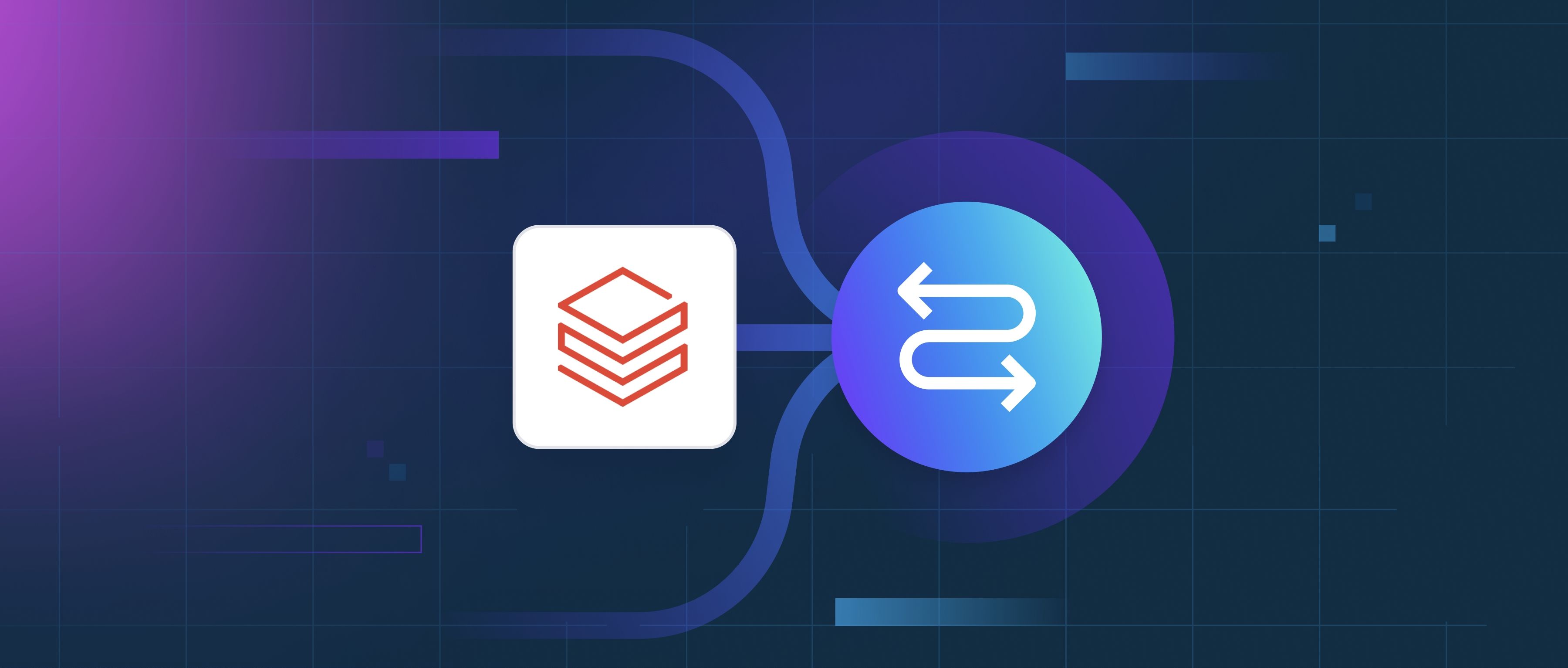When evaluating an ETL platform, focus on core technical capabilities that align with your data pipeline needs. Here are the key features to prioritize:
1. Connectivity and Data Source Support A robust ETL platform must support a wide range of data sources and destinations. Look for built-in connectors for databases (e.g., MySQL, PostgreSQL), cloud services (e.g., AWS S3, Azure Blob Storage), APIs (e.g., REST, GraphQL), and enterprise systems (e.g., Salesforce, SAP). For example, a platform that natively integrates with Snowflake or BigQuery simplifies loading transformed data into modern warehouses. Avoid tools requiring extensive custom coding for basic connectors, as this increases development time. Also, ensure the platform supports both batch and real-time data ingestion if your use case demands low-latency processing.
2. Transformation Flexibility and Performance The ability to transform data efficiently is critical. Look for tools that offer a mix of prebuilt transformations (e.g., aggregations, joins) and the flexibility to write custom logic in languages like Python, SQL, or Java. For instance, a platform might allow you to use SQL for simple filtering but enable Python UDFs for complex data cleansing. Scalability is also key—ensure the tool can handle large datasets without performance degradation, either through distributed processing (e.g., Spark integration) or optimized in-memory execution. Avoid platforms that lock you into rigid transformation workflows without customization options.
3. Operational Reliability and Monitoring ETL pipelines must run reliably, so prioritize platforms with strong error handling, logging, and monitoring. Features like automatic retries for failed jobs, detailed audit logs, and alerts for data quality issues (e.g., missing fields, schema mismatches) are essential. For example, a tool that provides a dashboard showing pipeline health, row-level error tracking, and latency metrics helps teams troubleshoot efficiently. Additionally, ensure the platform supports version control for pipeline configurations and integrates with orchestration tools like Airflow or Prefect for scheduling dependencies between jobs.
Other considerations include security (role-based access, encryption), total cost of ownership (pricing model, infrastructure requirements), and ease of maintenance (CLI support, API-driven management). Choose a platform that balances these features with your team’s existing skillset—for example, a low-code UI might speed up development for non-technical users, while developers may prefer a code-first approach.
